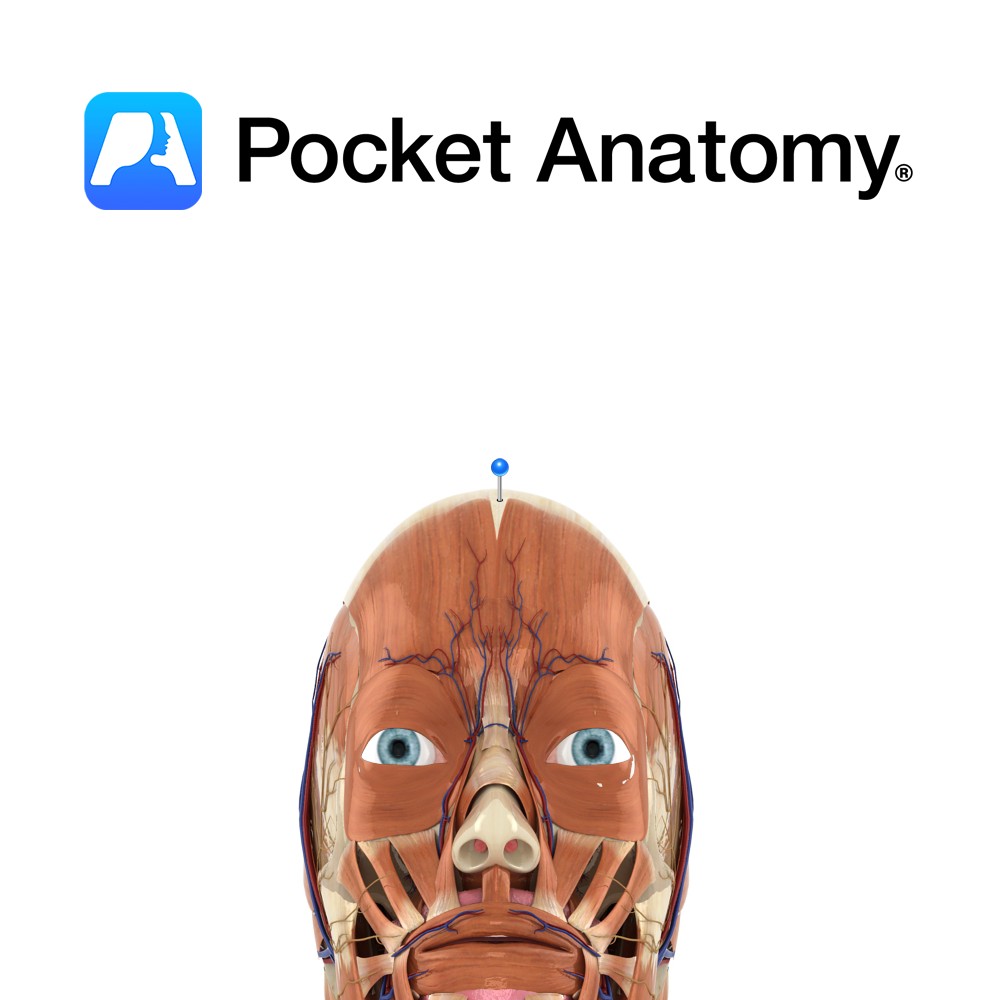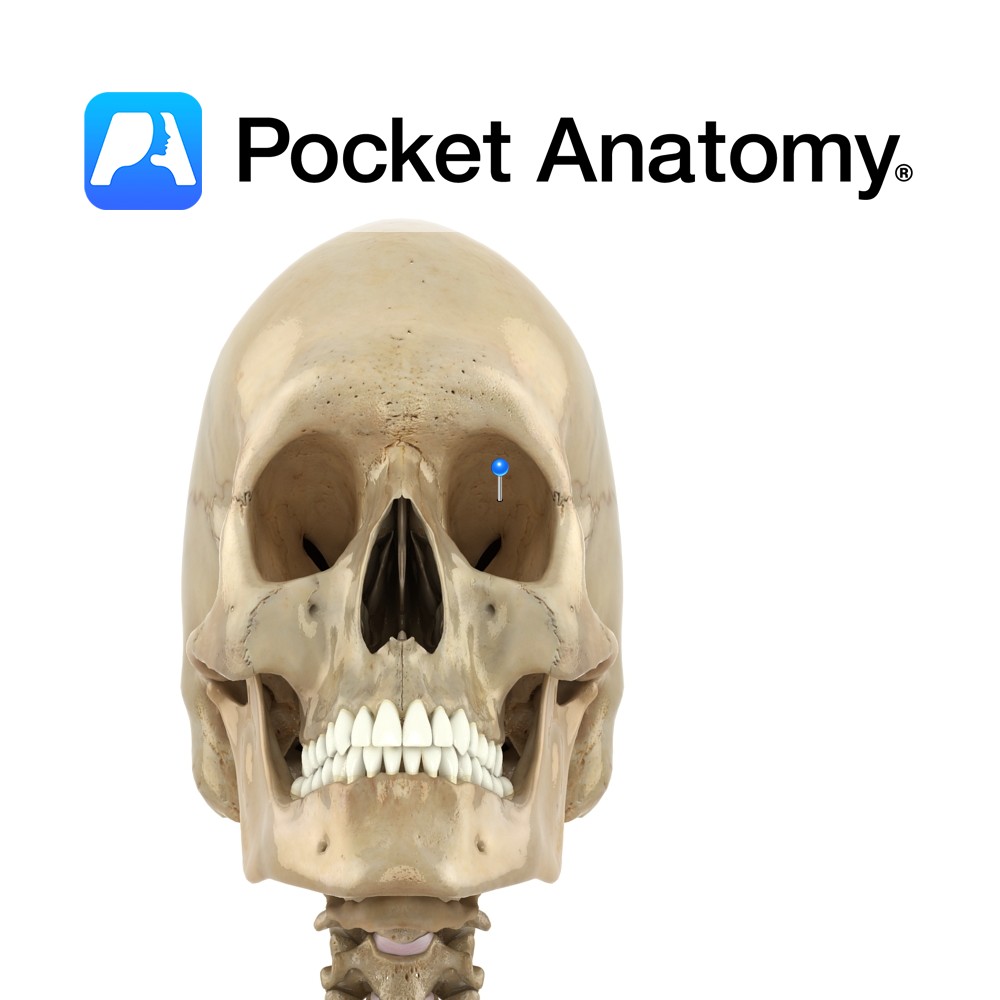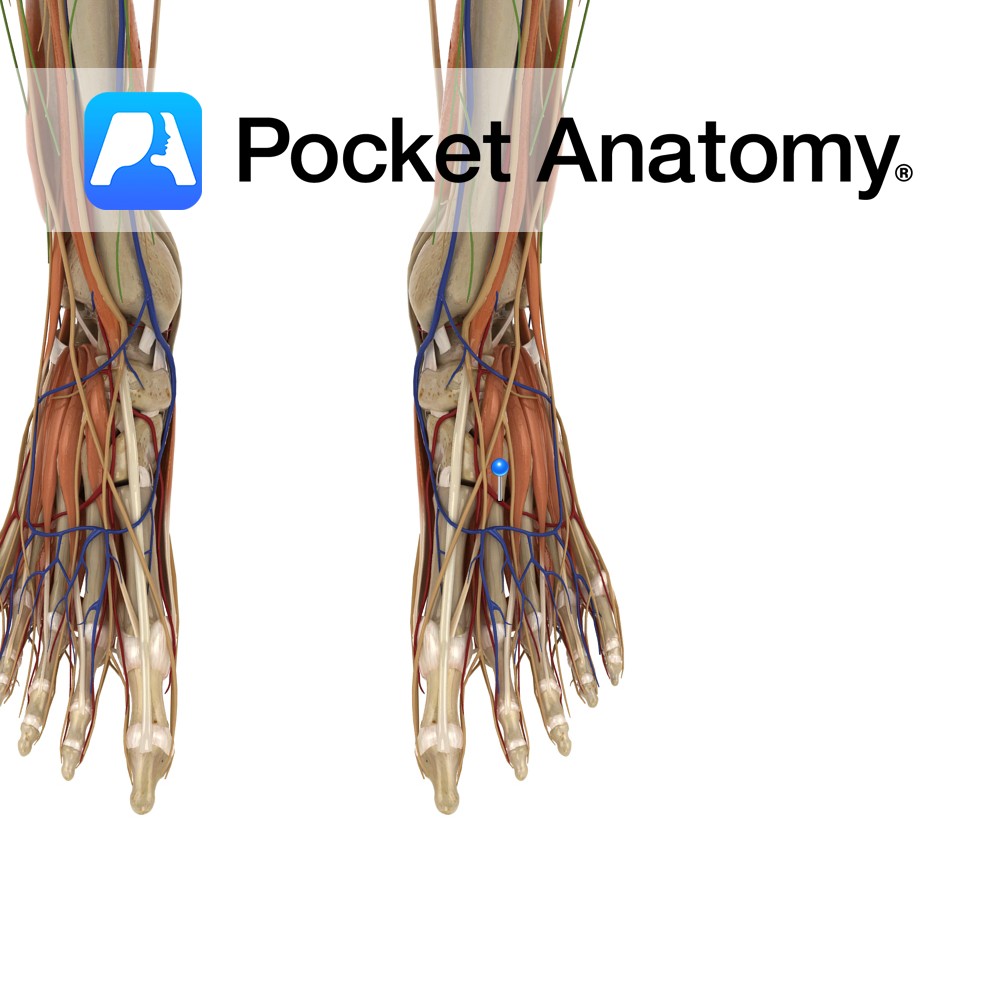Anatomy
Origin:
Lateral head: Posterior surface of the humerus superior to the radial groove.
Long head: Infraglenoid tubercle of the scapula.
Medial head: Posterior surface of the humerus inferior to the radial groove.
Insertion:
Olecranon process of the ulna and deep fascia of the forearm.
Key Relations:
-Long head lies between teres minor and teres major, defining three key spaces (quadrangular space, triangular space and triangular interval) through which nerves and vessels of the upper limb pass.
-Medial heads lies posterior to the long and lateral head.
Functions
-Extends the forearm at the elbow joint (i.e. straightening the arm).
-Minor role in adduction of the humerus at the shoulder joint.
Supply
Nerve Supply:
Radial nerve (C6, C7, C8).
Blood Supply:
Branch of profunda brachii artery.
Clinical
The radial nerve may be damaged by fractures to the humerus. However as some of the radial nerve branches supplying the triceps arise in the axilla the muscle may be weakened but not completely paralysed.
Triceps can be tested clinically by passive and then active (against resistance) extension of the forearm, i.e. ask the patient to straighten their forearm and to maintain this as the clinician tries to push the forearm into bending.
Interested in taking our award-winning Pocket Anatomy app for a test drive?


.jpg)


